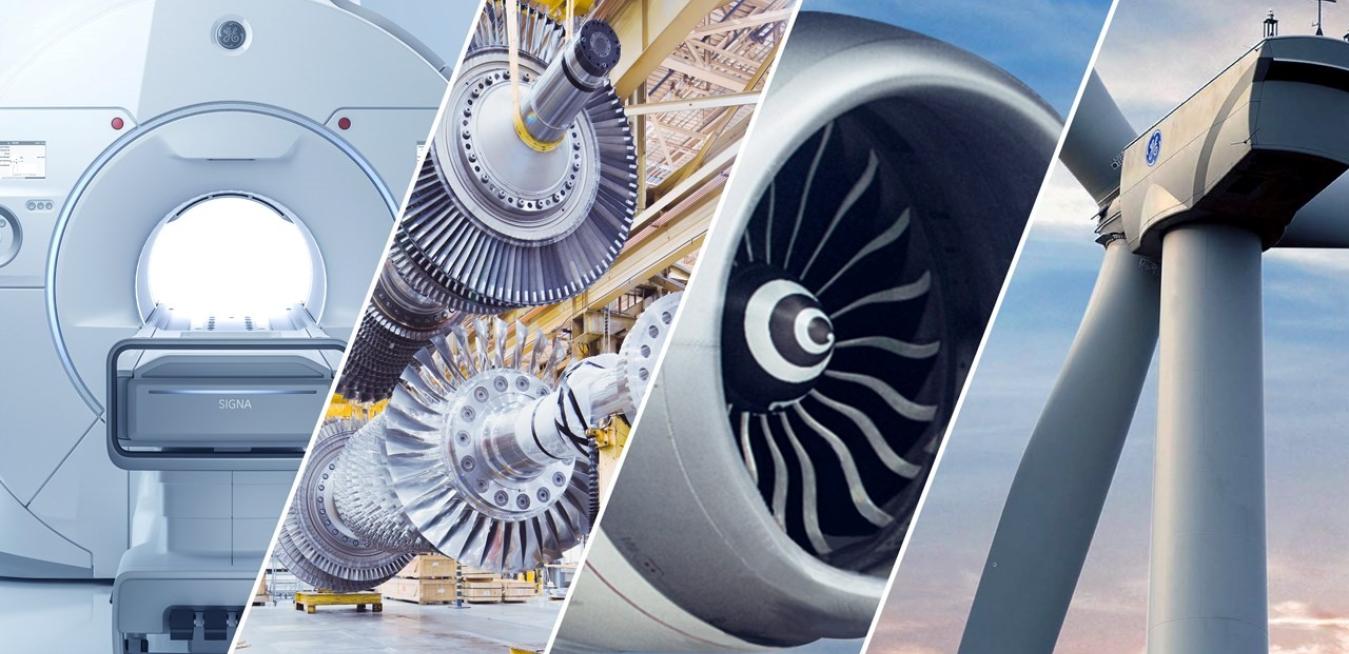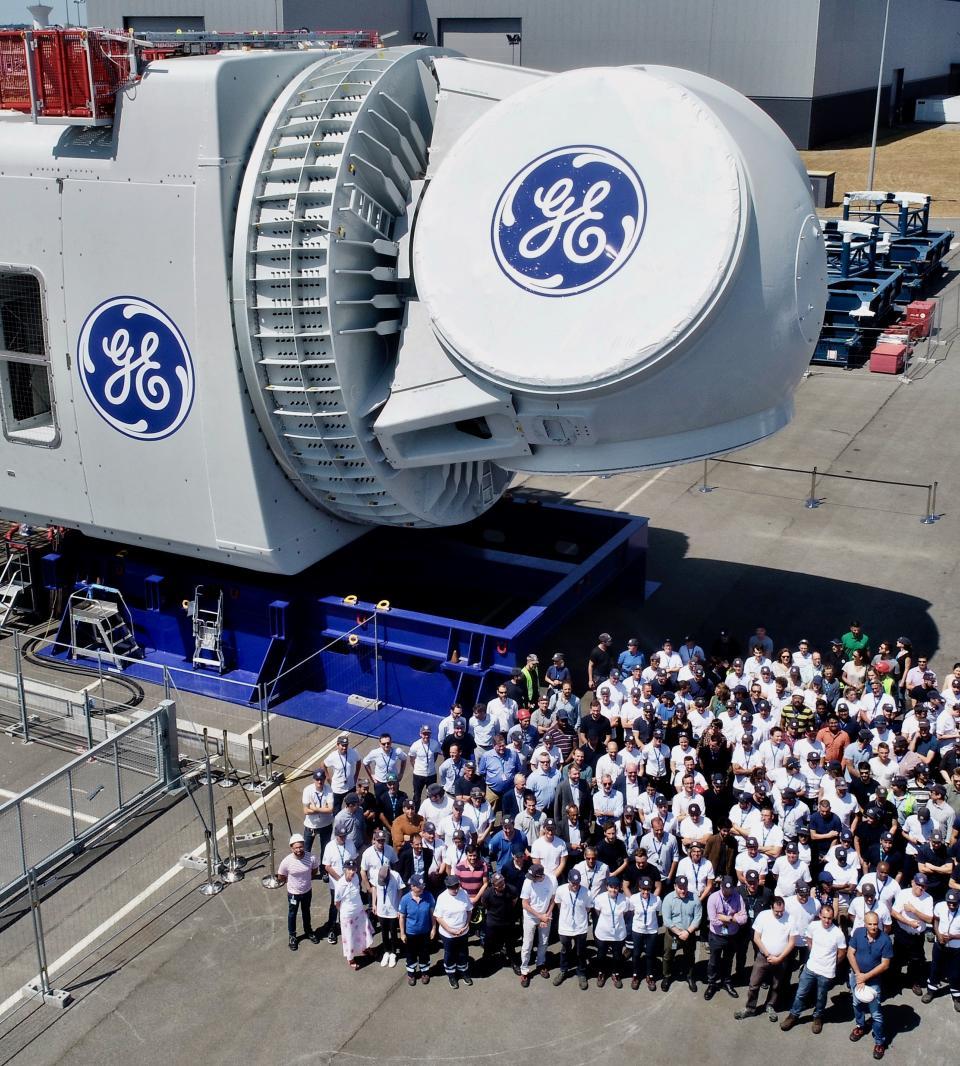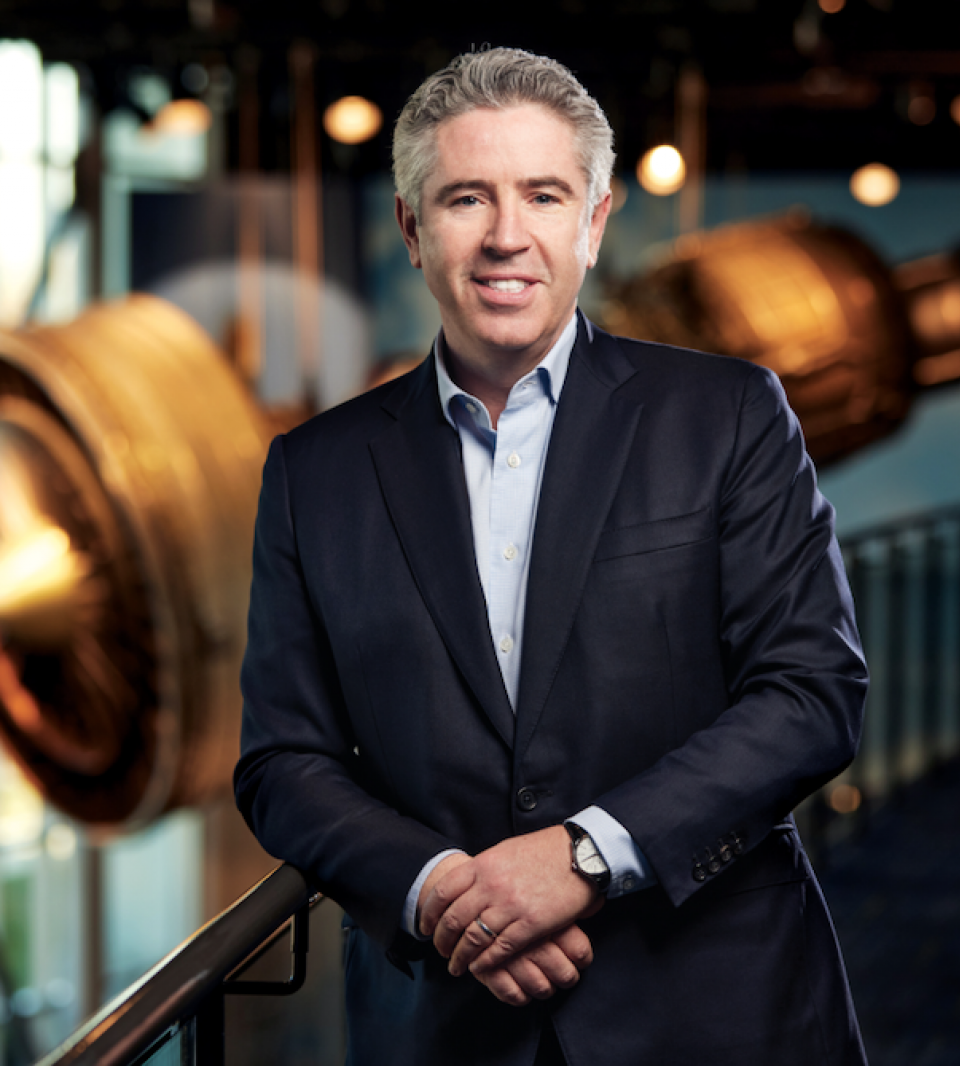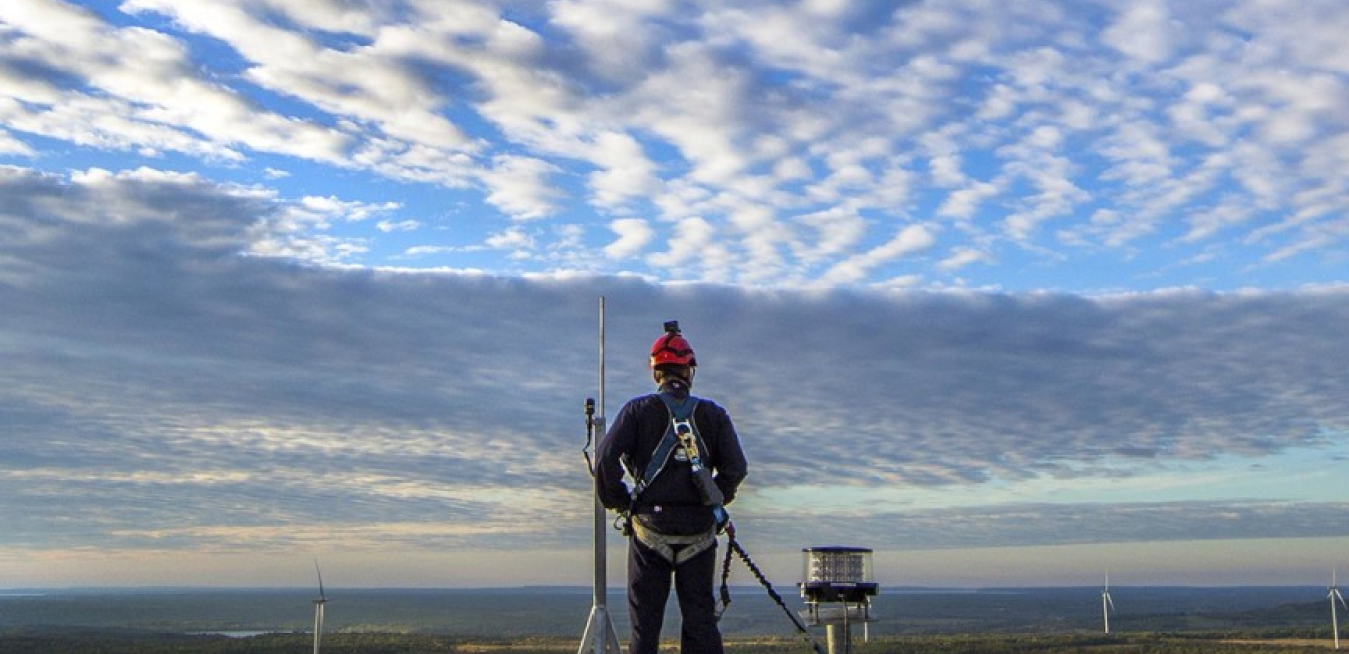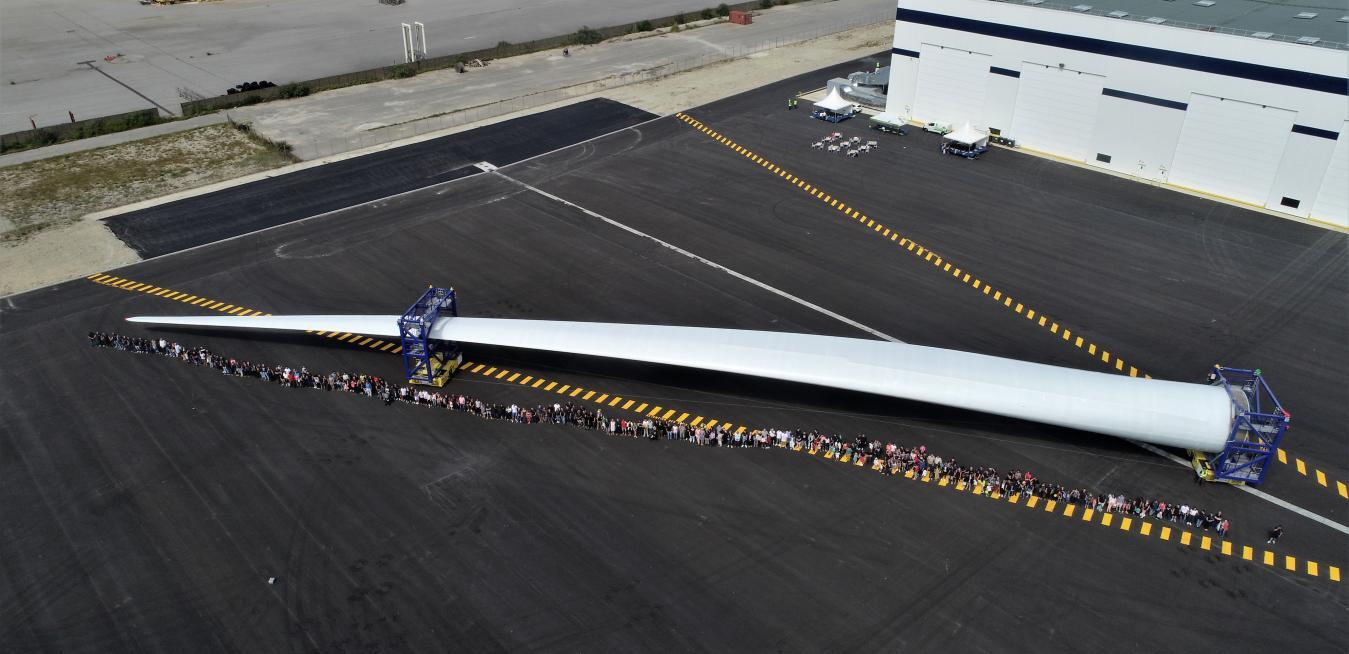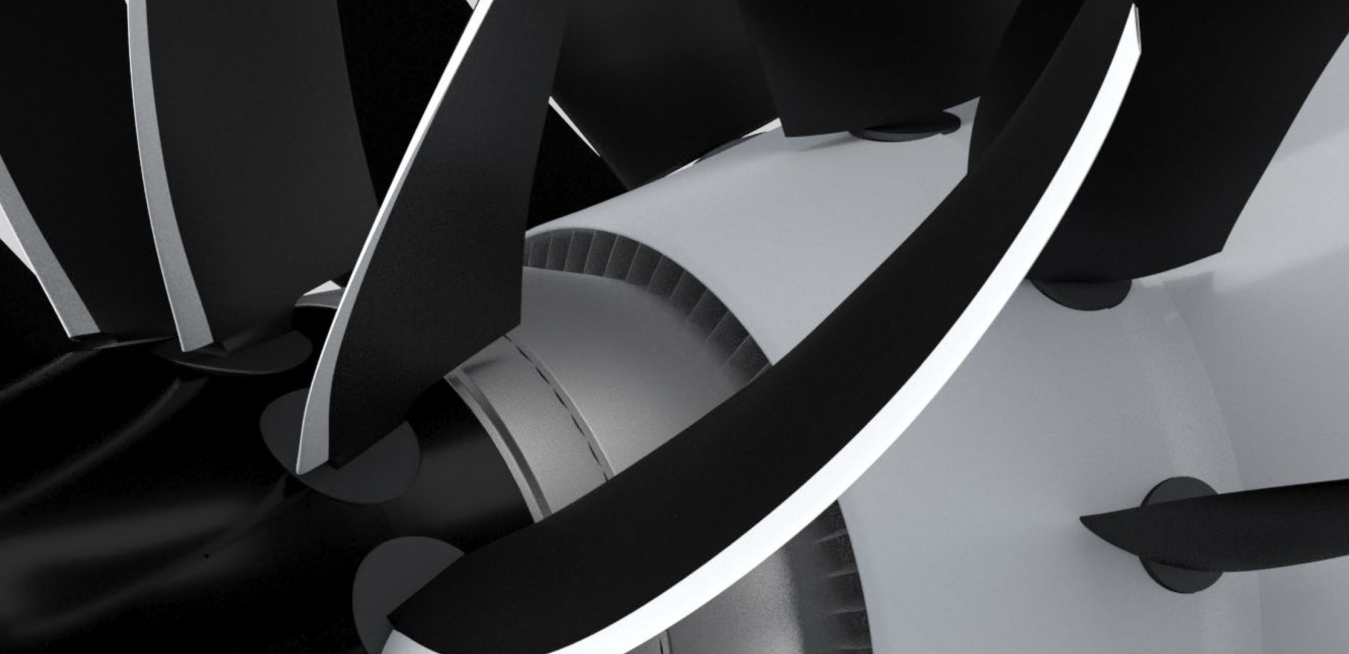News and insights from Vietnam
With nearly 2,000 employees of every creed, gender, and background working across a wide spectrum of business areas, diversity is probably the best word to describe GE Vietnam. True to its global heritage, GE Vietnam provides a space for all employees to be themselves while working as part of a cohesive whole and learning new skills each day. Embracing each person’s uniqueness and strengths to create a powerful team is what drives GE Vietnam forward day after day.
At just 20 years old, Ahalya Lettenberger is already racking up an impressive resume. She studies bioengineering (on the pre-med track) at Rice University, where she also competes on the swim team. And this summer she interned at GE Healthcare through GE’s Edison Engineering Development Program, working on a project to refine ventilators, life-preserving medical equipment for the most serious COVID-19 cases.
Reporting GE’s second-quarter results, GE Chairman and CEO Larry Culp said the company delivered a strong performance and that it was returning to growth. It allowed the company to raise its Industrial free cash flow* outlook from the $2.5 billion–$4.5 billion range to $3.5 billion–$5 billion.
GE’s H-Class, which supports shift to producing more sustainable power, achieved 50 customers and one million operating hours. Also, pacemakers that dissolve into the body, paper that can cool a building. This week’s coolest things are writing the next chapter.
GE’s HA Gas Turbine Fleet Achieves 50 Customers and One Million Operating Hours
Many airlines have put in place ambitious sustainability targets, but in an industry that had to weather a sharp drop in travel during the COVID-19 pandemic, lowering carbon emissions also has to be cost-effective.
Demand is growing around the world: for energy, for healthcare, for aviation – even as COVID-19 remains a concern. Growth, of course, is not new; but what is new is our need to meet this demand, while also ensuring these critical sectors are sustainable for the future.
Much has changed since GE first opened for business 129 years ago, but one thing has remained constant: the company’s focus on innovation. It led to technology that allowed power companies to supply electricity to millions of people and electrify the world; it enabled doctors to find new ways to treat disease by developing new medical imaging technology; and it also helped open the world to travel and aviation, an industry that didn’t even exist when Thomas Edison founded GE.
In November 2019, two days before his wedding, David Ilécio flew nine hours from Milwaukee to his mother’s home in Brazil. After a lifetime of secrecy, he mustered up the courage to tell her that he was gay and marrying his partner of 14 years, Aldoney da Silva Dias. He invited her to the wedding in São Paulo and nervously awaited her response. “I have one problem,” she said to him. “You only gave me two days to find a gown!”
Wind power is a fast-growing source of renewable energy, but that doesn’t mean the industry isn’t trying to lower its carbon footprint. One way involves purging emissions from the wind turbine’s entire life cycle, whether that’s raw material sourcing, manufacturing processes or the transportation of the components to the wind farm.
Since the first engines developed by CFM International entered service in the early 1980s, the joint venture between GE and Safran Aircraft Engines has reduced their fuel consumption and CO2 emissions by 40% compared with the engines they replaced. The company said today that it plans to slash those numbers by another 20%, which would represent the greatest decarbonization gain the partners have ever achieved.
